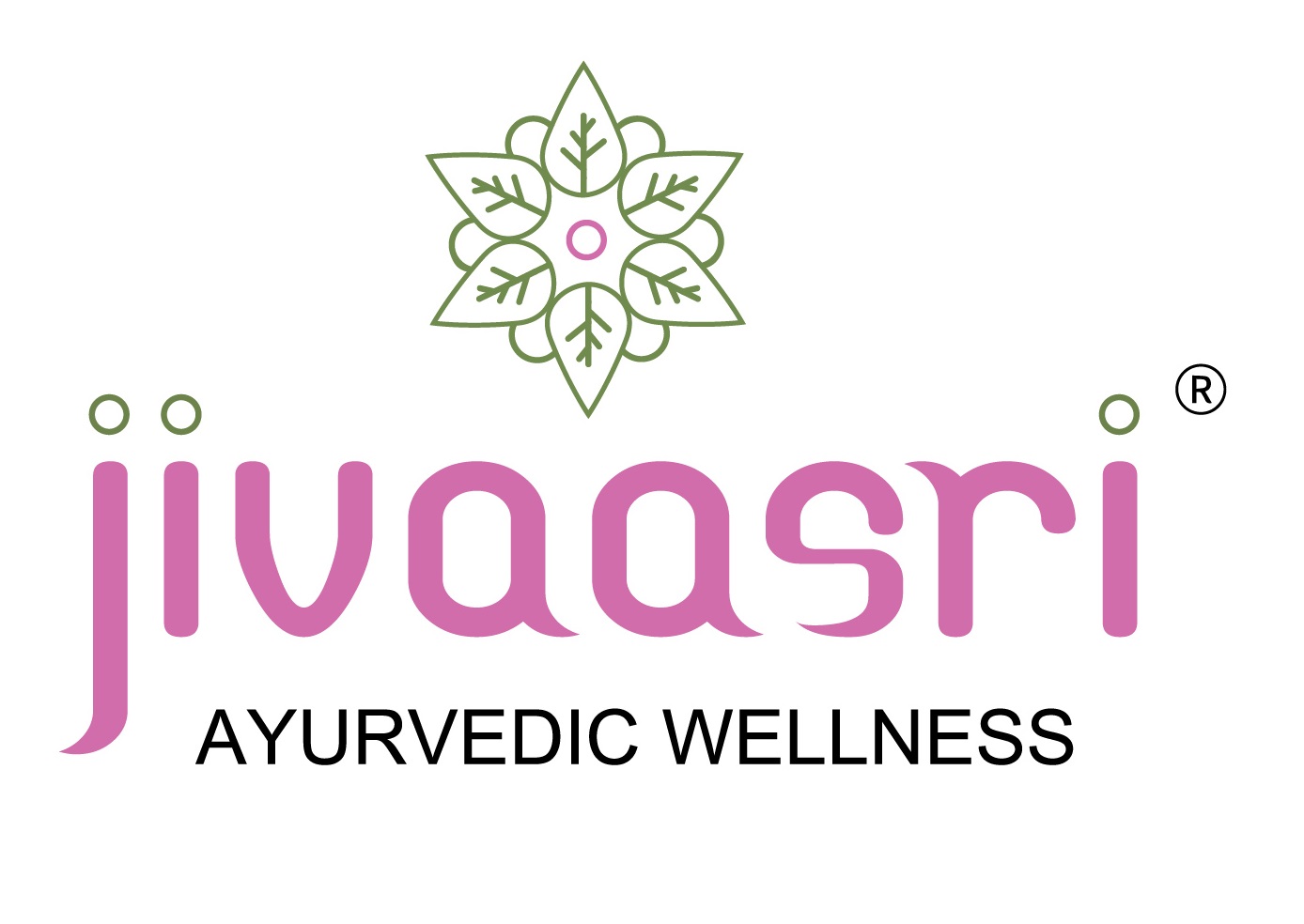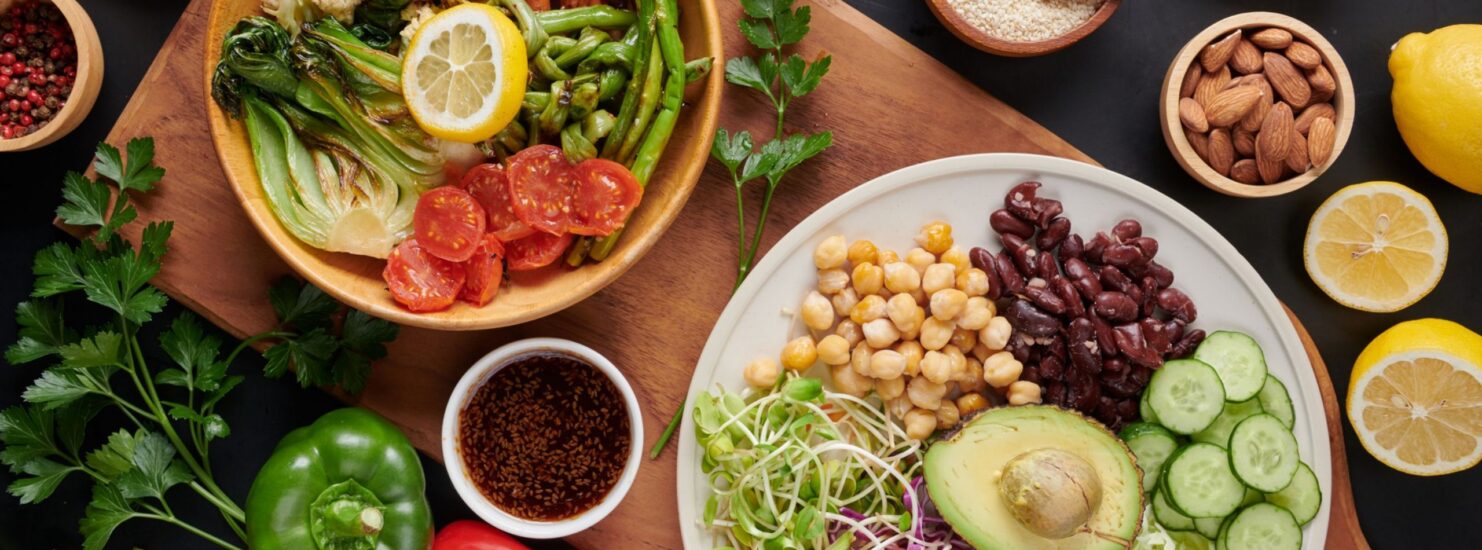Role of Diet and Nutrition in Ayurveda
Ayurvedic is a wellness practice that originated a few centuries ago in India. Diet is a crucial part of Ayurvedic medicine. It is personalized according to the nutrition required and based on the health concerns that the person is prone to. Ayurveda always encourages one to eat mindfully and take the food according to the dosha type. Based on the dosha type, you have to consume the food to manage the disease and promote overall health and wellness. Ayurvedic medicine will help you gain a strong body when it is blended with exercise, diet and healthy lifestyle practices. According to many types of research, it was proven that lifestyle practices and take nutritious diet will promote weight loss.
Indeed, a proper diet filled with nutrition is considered to be the best medicine in Ayurveda. Whatever you consume in a day will have an impact on the body, mind and soul. Ayurveda has a lot of significance for diet. The food you consume will nourish the body and mind. The food, drinks and spices in Ayurveda would be categorized based on different tastes which would include sour, bitter, pungent and astringent. The spices that are used in Ayurveda would be containing rich medicinal values, which include but not limited to are turmeric, cumin seeds, fenugreek powder, coriander, and cardamom. Usage of these spices in the Ayurveda diet would promote better digestion, improve appetite, nourish internal organs and keep dosha imbalance at bay.
Nutritional recommendations
The Ayurvedic nutritional diet will be different for each individual and this depends on the dosha type, digestive abilities, season, environment and the current health condition of an individual. Ayurveda would classify the foods and flavours that a person can take based on the dosha. To balance the dosha, it is good to consume the foods that are prescribed by the Ayurvedic practitioner to soothe and balance the dosha and for the nourishment of the body and mind. Eating the right food at the right time will prevent illness and slow down the process of ageing.
What to eat?
The important thing in the Ayurvedic diet is you have to consume food according to the dosha type. There are three types of doshas which are derived from five critical elements of nature – fire, water, air, earth and space. The doshas will have metabolic patterns on how the energy would be used. Vatta would spend energy, Pitta manages energy and Kapha would store the energy. The doshas would predict the symptoms and diseases to which you may be prone. People with Vata dosha would suffer from nutrient deficient whereas Pitta dosha people will suffer from heat disorders and the Kapha dosha people would be prone to stagnancy.
Vata dosha – It deals with two elements of nature, i.e., air and space. People with this type of dosha are described to be expressive and creative.
Pitta dosha – It deals with two elements of nature, i.e., fire and water. People with this type of dosha are described to be intelligent and joyful.
Kapha dosha – People of this dosha are described to be calm and loving and it deals with two elements, that is earth and water.
Balancing foods for different doshas
Vata balancing foods
The following foods are to be consumed by people who have Vata dosha to keep this dosha and the diseases that are caused due to the imbalance of this dosha at bay:
- Eat warm food that has more salt, sourness and sweetness.
- Eat fruits such as apples, bananas, figs, melons, cherries, avocados, papaya, strawberry and orange. Do not consume dry fruits.
- Consume fresh vegetables such as beetroot, asparagus, carrots, coriander, cooking onions, sweet potatoes, spinach, lettuce, lemon and okra. It is good to avoid eating vegetables that include eggplant, frozen broccoli, mushroom and white potato.
- Consume cooked rice, oats and quinoa and avoid taking foods like millet and bread.
- You can take red lentils, black gram and mung beans. It is good to stay away from white and black beans, kidney beans and soya beans.
- Eat cow’s and goat’s cheese, buttermilk and ghee, but avoid taking frozen yoghurt that is mixed with fruits.
- Different oils with which you can make the food include sesame oil, olive oil and castor oil
- Do not consume frozen foods and junk foods.
- Various spices such as cardamom, cumin, black pepper, holy basil, asafoetida, fenugreek, fennel seeds and turmeric can be used in your food, but do not consume extra chilli powder.
- You can sip herbal teas such as ginger tea, peppermint tea, fennel tea and lemon tea
- In non-veg, you can take chicken, duck, egg, and salmon, but avoid eating rabbit and pig.
Pitta Balancing foods
The following are the foods you can consume to balance pitta dosha:
- Eating warm and cold food
- Various fruits such as coconut, apricot, avocado, dates, cherries, papaya, pineapple, mango, orange, strawberry, fit and pears are good to eat. Ensure not to consume completely sour fruits.
- Different varieties of vegetables that you can consume include carrots, broccoli, bitter guard, cauliflower, greens, celery, okra, mushroom, pumpkin, parsley, squash and so on. Do not consume the vegetables such as horse radish, tomatoes, mustard green, green chilli and garlic.
- Different types of grains that you can add to your diet include – barley, cooked rice, quinoa, granola, bulgar wheat and pasta. Try not to consume the foods such as millet, corn and buckwheat.
- You can eat peas, kidney beans, red lentils, and mung beans but not black gram.
- You can have unsalted butter, yoghurt, ice cream, goat milk, and cheese, but avoid taking sour cream and salted butter.
- You can eat non-vegetarian foods such as prawns, eggs, chicken, rabbit and buffalo, but do not consume the foods when you have this type of dosha such as lamb, beef and pig.
- You can have flax seeds, pumpkin seeds, and sunflower seeds and try to reduce the consumption of sesame seeds and chia seeds.
- The spices such as black pepper, mint, cardamom, ginger, holy basil, bay leaf, asafoetida and ginger can be consumed, but avoid taking hot chilli powder.
- Various herbal teas that you can sip every day include fruit teas, lemon tea, ginger tea, jasmine, coconut cream and so on.
Kapha balancing foods
The following are the foods you can consume when you have this type of dosha:
- Consume pungent and warm foods.
- You can take fresh fruits which include dry figs, lemon, apricot, cherries, pears and pomegranate and avoid consuming fruits which can be dates, papaya, pineapples, plums, oranges, figs and mangoes.
- Different fresh vegetables which you can add to the diet include cauliflower, cabbage, green chilli, horse radish, and tomato, but avoid taking the vegetables such as pumpkin, potato, cucumber and squash.
- You can have kidney beans, black-eyed beans, red lentils, and mung beans, but do not consume black gram.
- You can have non-veg foods such as rabbit, chicken, duck, eggs and prawns and do not eat beef, lamb and pig.
- You can have sunflower seeds, pumpkin seeds and chia seeds and avoid eating sesame seeds.
- Spices such as clove, garlic, cumin, cardamom, ginger, holy basil, bay leaf, fennel seeds, cinnamon and thyme can be consumed, but avoid chilli powder, garlic and mustard seeds.
- You can have hibiscus, fennel, chamomile, lemon, ginger tea, green tea, ginger tea and other teas.
Eating a nutritious and healthy diet when you are taking Ayurvedic treatment will promote better health and expedite the healing process.


